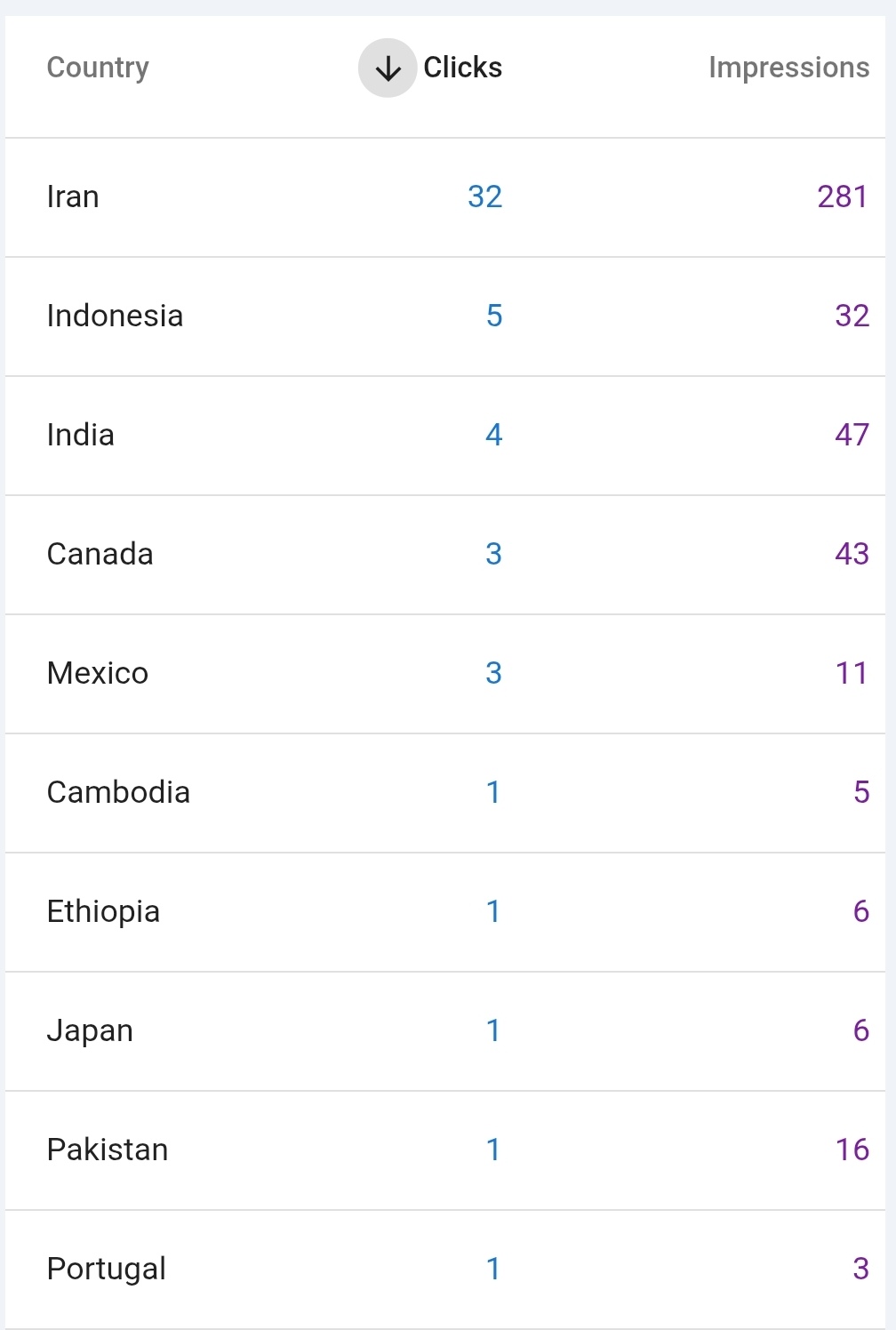An Overview of the phytochemical, in Vitro, in Vivo, and Clinical Evidence Supporting Rosa Damascena's Antioxidant Potential
A Critical Synthesis of Antioxidant Mechanisms and Therapeutic Implications
DOI:
https://doi.org/10.1000/0fh69753الكلمات المفتاحية:
Keywords: Rosa damascena, antioxidant, anti-inflammatory, phosphomolybdenum methodالملخص
This article is a comprehensive narrative review of the published evidence on Rosa damascena antioxidant activity. The main aim is to summarise relevant findings from phytochemical, in vitro, in vivo and limited clinical trials and to identify research gaps that could be addressed in future studies. Given the narrative nature of this review, the results should be seen as a basis for formulating hypotheses rather than conclusive evidence of efficacy. Resources for this review have been collected through searches in the databases of PubMed, Scopus, the Web of Science and Google Scholar until the end of 2025. Keywords included: 'Rosa damascena', 'Damask rose', 'antioxidant', 'oxidative stress', 'DPHP', 'MDA', 'in vivo', and 'clinical studies'. Studies which focused only on the aromatic or aesthetic characteristics of the plant have been excluded. Rosa damascena, also known as the Damask, rose, is a member of the Crassulaceae family and is found in northern Asia and in the mountains of central Europe. For centuries, the plant has been used as a convenient and effective treatment for a wide range of ailments and in traditional medicine for many ailments, such as anti-inflammatory treatments, menstrual bleeding, digestive disorders, heart and chest pain, and abdominal pain.
Anti-inflammatory effects of R. damascena and its constituents were shown in different inflammatory disorders by reducing white blood cell, neutrophil, eosinophil, and serum levels of inflammatory mediators such as phospholipase A2 and total protein. This important ornamental plant has long been applied for industrial, physiological, and medicinal purposes. The physiological functions of Damask Rose may be somewhat related to the abundance of anthocyanidins and flavonoids. The plant and its constituents showed antioxidant effects by reducing malondialdehyde and nitric oxide levels but increased thiol, superoxide dismutase, and catalase levels in disorders associated with oxidative stress. Therefore anti-inflammatory, antioxidant, and immunomodulatory effects of R. damascena and its constituents, indicate a potential therapeutic effect of the plant and its constituent for treating inflammatory, oxidative, and immune dysregulation disorders.
التنزيلات
المراجع
Pratt DE, Hudson JE. Natural antioxidants not exploited commercially. In: Hudson BJF. Editor. Food Antioxidants. Amsterdam UK: Elsevier; 1990.p.171-192.
Kumar N, Bhandari P, Bikram Singh A, Shamsher S, Bari B. Antioxidant activity and ultra-performance LC-electrospray ionization-quadrupole time-of-flight mass spectrometry for phenolics-based fingerprinting of Rose species: Rosa damascena, Rosa bourboniana and Rosa brunoni. Food Chem Toxicol 2009; 47:361-367.
Yassa N, Masoomi F, Rohani Rankouhi SE, Hadjiakhoondi A. Correspondence chemical composition and antioxidant activity of the extract and essential oil of Rosa damascena from Iran, Population of Guilan. Daru2009; 17:175-180.
Özkan G et al. Note: antioxidant and antibacterial activities of Rosa damas-cena flower extracts. Food Sci Technol Int 2004; 10: 277-281.
Shahriari S et al. In vivo antioxidant potentials of Rosa damascene petal extract from Guilan, Iran, comparable to alpha-tocopherol. Int J Phar-macol 2007; 3: 187-190.
Afsari Sardari F et al. Traditional and recent evidence on five phytopharma-ceuticals from Rosa damascena Herrm. Res J Pharmacogn 2019; 6: 77-84.
C.R. Achuthan, B.H. Babu & J. Padikkala (2003) Antioxidant and Hepatoprotective effects of Rosa damascena, Pharmaceutical Biology, 41.5, 357-361

التنزيلات
منشور
الرخصة
الحقوق الفكرية (c) 2025 Creative Commons Attribution-NonCommercial 4.0 International License

هذا العمل مرخص بموجب Creative Commons Attribution-NonCommercial-NoDerivatives 4.0 International License.
This open-access journal is published under the terms of the Creative Commons Attribution-NonCommercial 4.0 International License which permits Share (copy and redistribute the material in any medium or format) and Adapt (remix, transform, and build upon the material) under the Attribution-NonCommercial term






































